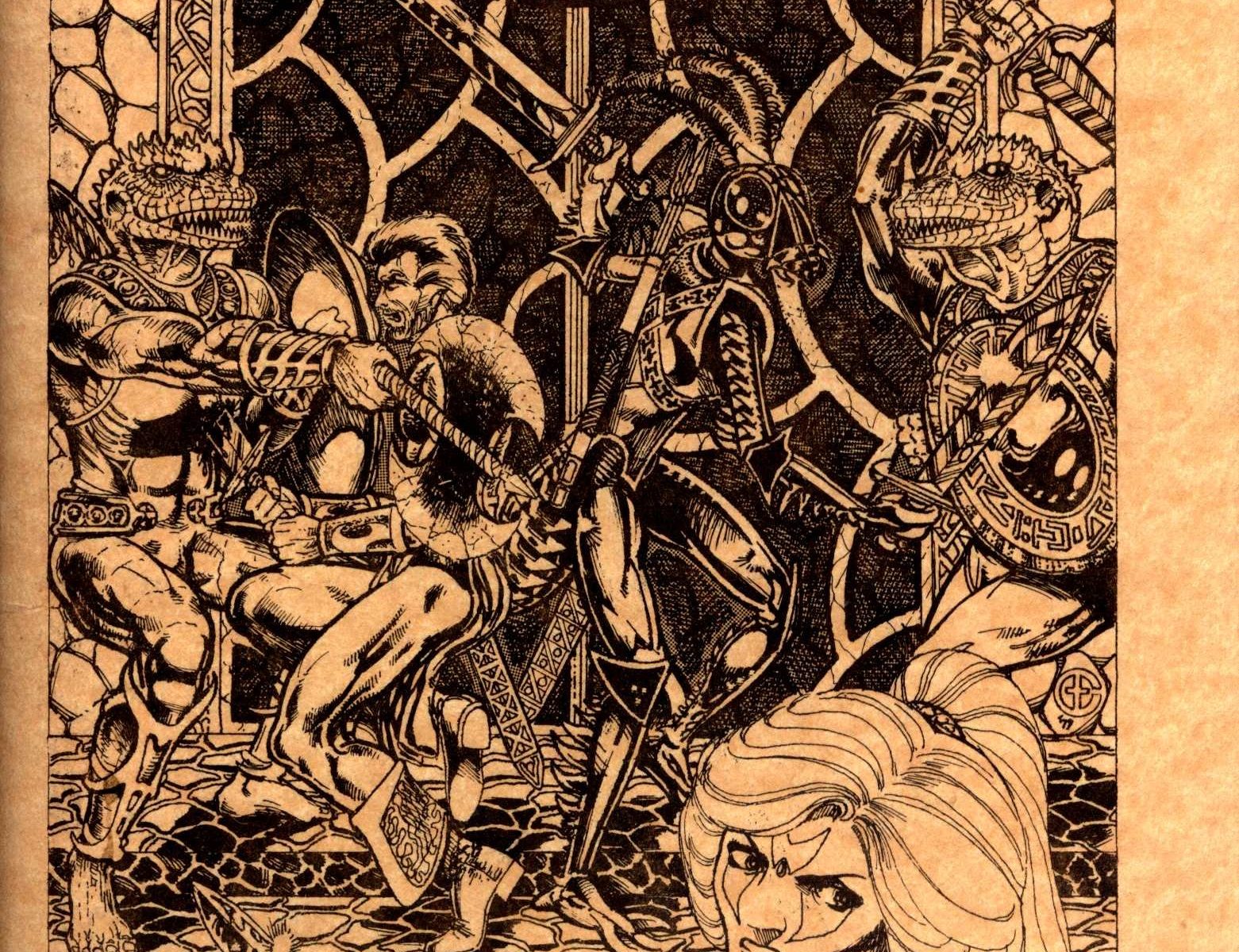To be perfectly honest….I had never heard of this series until recently. But my article on critical hits brought a number of comments about using a system from this series. So naturally….I had to take a look for myself. And I was a bit shocked. There were some really good ideas in this series.
First of all let’s go over the basics about this series. Originally there were three books. They are often referred to by the author, David Hargrove, as the “Arduin Trilogy.” The first book in the series was published in 1977. Others continued into the mid 80s.
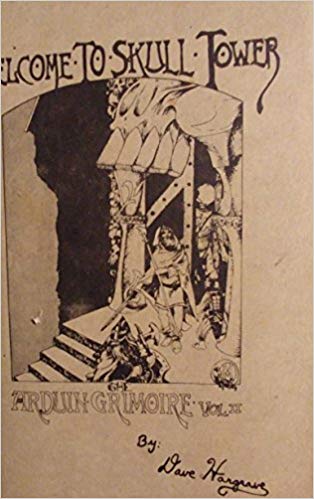
From reading this series I got some things to think about. The author seems to suggest that fantasy role playing games were spontaneously forming at or around the same time that Gary Gygax and Dave Arneson were formulating (and codifying) Dungeons and Dragons. The implication being that the D&D creators were just the first to put it all on paper. I do not personally know if this is true or not. I personally began playing with Advanced Dungeons and Dragons in 1979. And I was only a very young teen at that time. Naturally I had always assumed that D & D was first. In the end….I am not sure that it matters. For clearly Dungeons and Dragons (even in it’s most current form) is the leader of the pack and always has been.
Ultimately there were a total of six books to the set. The later versions of the set deal more with the Arduin game world than they do with new ideas. But all of the volumes do have new ideas which can be used in Arduin play or in any fantasy role playing system…..including Dungeons and Dragons. Clearly the writer believed that his audience was mostly Dungeons and Dragons players. And he clearly intended for much of it to be used with other game systems than just his own.
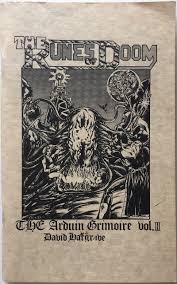
What I like about the Arduin Grimoire
There are tons of new things offered in each volume. Most of the early volumes were only abou 50-60 pages long. The later volumes were closer to 100-120 pages long. The art is mostly self done by the author. Some of it is still decent and (probably better) than the art provided with the original Dungeons and Dragons books (but not better than the 1st Edition Advanced Dungeons and Dragons or later editions).
Each volume has new spells. It has new magic items. It has new monsters. And it has new character classes. Many of these are adopted (or perhaps simultaneously created) by Dungeons and Dragons. There are dungeon master tips offered. And there is always a great deal of information specific to the Arduin Campaign world. Naturally this last part is of the least interest to a Dungeons and Dragons player. But the other stuff is somewhat interesting.
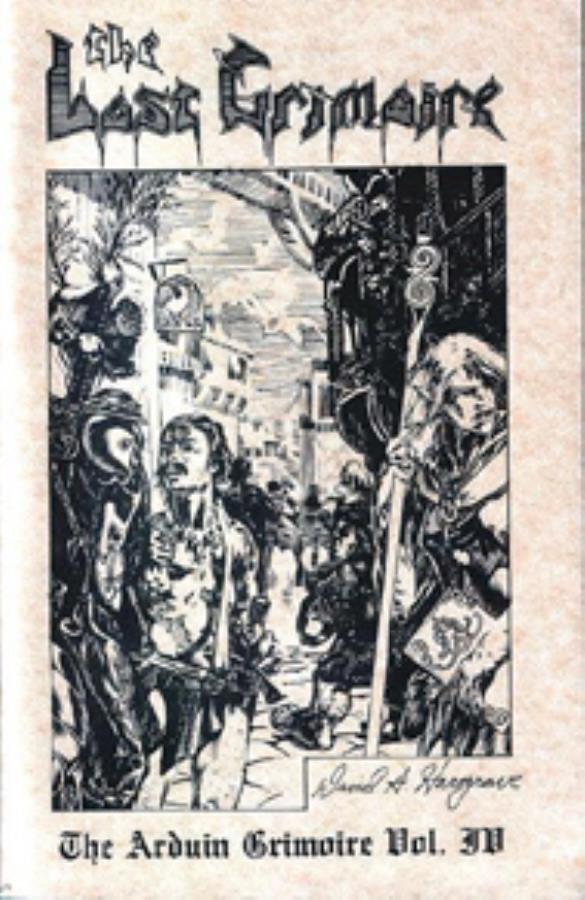
One thing which is very interesting, and which is what people were drawing my attention to, is the extensive tables on critical hits and critical misses (fumbles). If you read my article about critical hits and fumbles then you already have some idea of the history of them with Dungeons and Dragons. Or the lack of history…..because Gary Gygax and TSR did not want critical hits in the Dungeons and Dragons game. But many players and dungeon masters did. And so did many competing fantasy game systems like Arduin.
There were a number of adventures and other products from David Hargrove and from Dragontree Press. Dragontree Press ultimately acquired the rights to these (and the earlier) Arduin products. I have not read these yet but soon will. I may do a follow up piece on some of those if they prove interesting.
But. That being said. Clearly the author is writing from the point of view of a dungeon master who is running his own (long running apparently) campaign. This gives a perspective to the writing which is different than that of some of the other fantasy role playing products produced later by other authors.
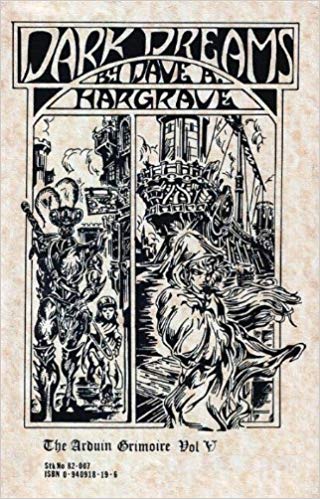
What I do not like about the Arduin Grimoire
To be honest. I was not too interested in his game world. There is certainly nothing wrong with having a home brew game world. I have my own. Many have their own. His does not sound particularly interesting to me. So I kind of skimmed over sections of his books which were specific to Arduin.
Like many publications of this era the type is nearly illegible at times. These books were produced very much like the original Dungeons and Dragons supplements and are a bit primitive by current standards. But the ideas presented are still useful.
I do not love all of the magical items and spells presented. The Arduin system of magic apparently uses mana points. And this is ok. But some of these items and spells seem way overpowered. I would never allow many of them into my games. This is especially true of the artifacts. None of these seemed to have any drawbacks or curses. This would likely lead to players growing bored quickly in my opinion.
Would I recommend Arduin Grimoire to others?
I would certainly recommend that dungeon masters and people interested in the history of role playing read the volumes if they can get them for free. I certainly would not recommend that people run out and pay the ridiculous Ebay prices for these volumes. If you can find them free on the internet….and you can if you try hard enough….you can read them and leave the Ebay turds poorer. They are interesting. But I would not spend a ton of money for them.
There are some good ideas in them. But by now most of them have already been adopted in Dungeons and Dragons. Specifically it seems that 1st Edition adopted many of the best parts of these books. Or perhaps it is the other way around. Who knows?
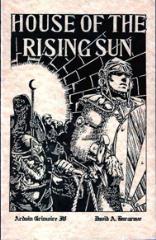
Would I use any of this material in my own games?
Yes and no. There are a few things that sounded interesting. After reading the critical hit tables I think I will stick to the one I am using. But there are spells and magic items that I may well use. Overall it was very interesting reading. And I intend to read the adventures written for Arduin sometime in the near future.
If you enjoyed this article then perhaps you will enjoy these as well:
- Caverns of Thracia Review
- The Maltese Clue Review
- Verbosh Review
- Lara’s Tower Review
- Restormel Review
- The Dragon Crown Review
- Escape From Astigar’s Lair Review
- Hall of the Fire Giant King Review
- Glacial Rift of the Frost Giant Jarl Review
- Steading of the Hill Giant Chief Review
- Tegel Manor Review
- F’Deck Fo’s Tomb Review
- Operation Ogre Review
- Inferno Review


